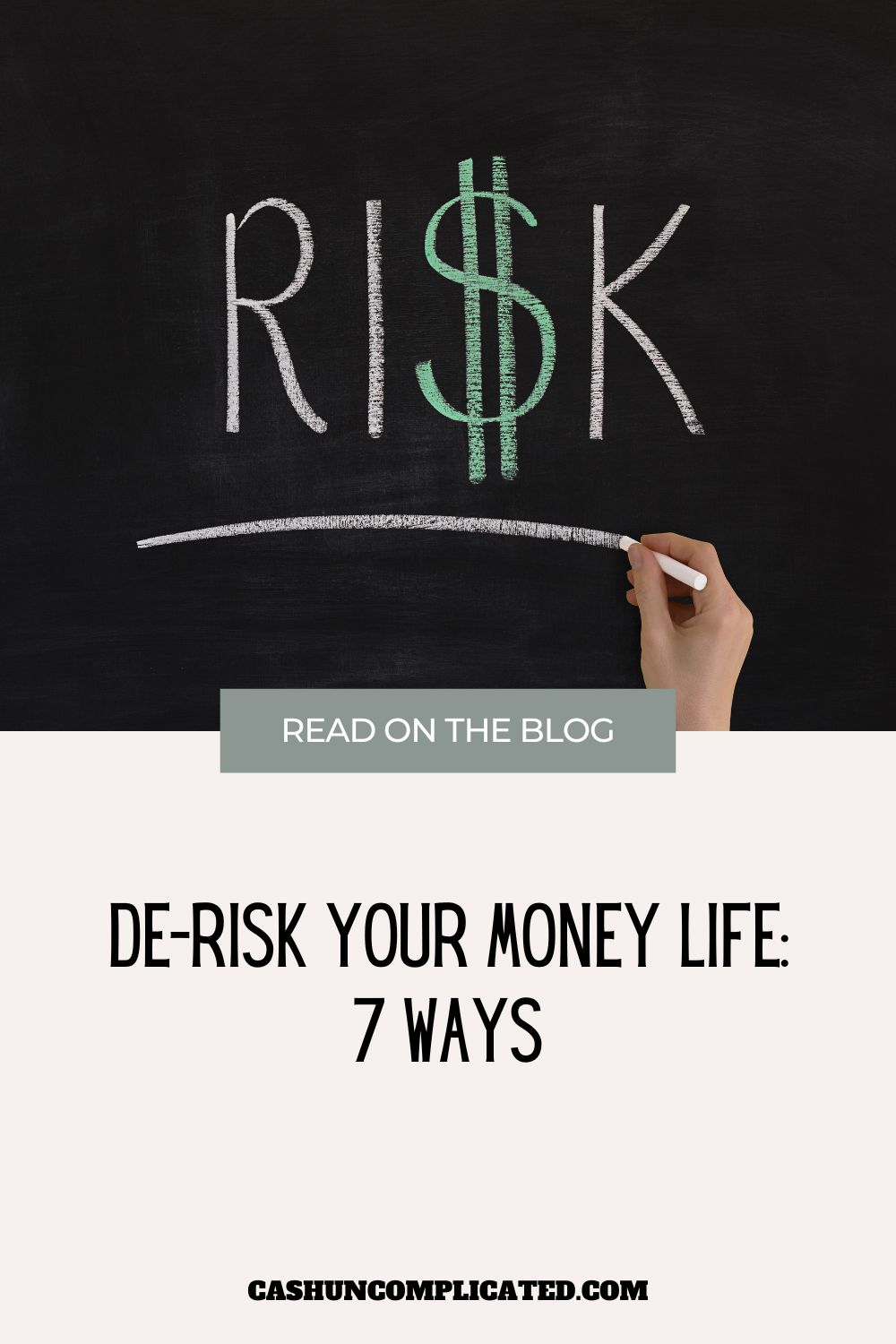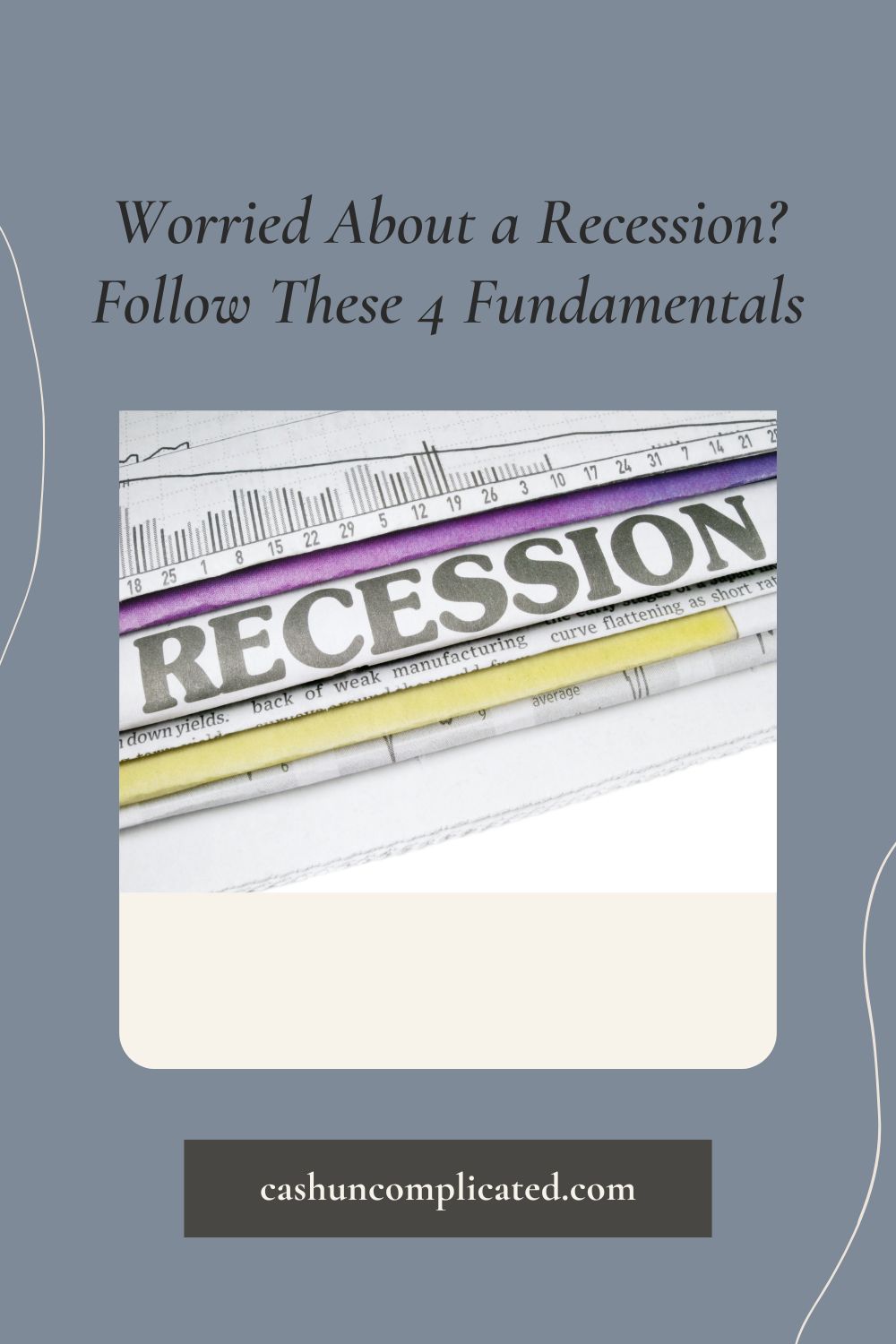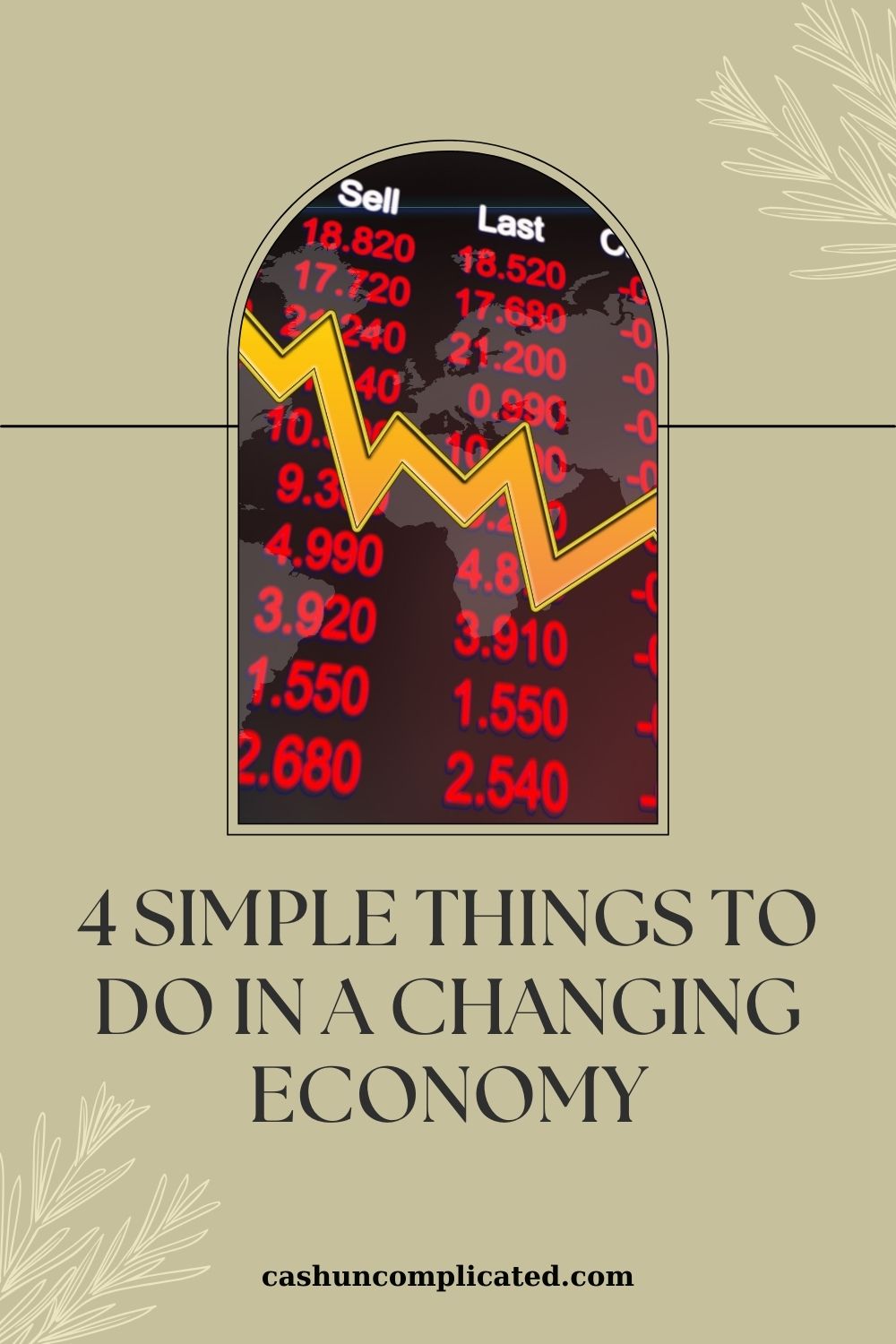A million dollars used to be the end of the rainbow in personal finance. It literally meant that you were a “millionaire.” You had made it financially and would never have to worry about money again providing you maintained your spending habits that got you to a million in the first place. However, due to inflation, a million dollars today is not what it used to be. But it’s still a lot of money and a very worthy financial goal.
It may not be the end number anymore, but it’s still better to have a million dollars than not have a million dollars. If anyone tells you a million dollars isn’t a lot of money anymore, I’ll bet they don’t have a million dollars themselves. Here’s the number of years it will take to get to a million dollars at different contributions and rates of return.
Number of Years to Get to One Million Dollars
| Monthly Contribution | 5% Rate of Return | 6% Rate of Return | 7% Rate of Return | 8% Rate of Return | 9% Rate of Return | 10% Rate of Return |
| $100 | 76.0 | 66.5 | 59.4 | 53.8 | 49.3 | 45.6 |
| $200 | 62.3 | 55.0 | 49.4 | 45.0 | 41.4 | 38.5 |
| $500 | 44.9 | 40.3 | 36.7 | 33.7 | 31.3 | 29.2 |
| $1,000 | 32.9 | 30.0 | 27.6 | 25.7 | 24.0 | 22.6 |
| $2,000 | 22.5 | 20.8 | 19.5 | 18.3 | 17.3 | 16.5 |
| $3,000 | 17.3 | 16.3 | 15.4 | 14.6 | 13.9 | 13.3 |
| $4,000 | 14.2 | 13.4 | 12.8 | 12.2 | 11.7 | 11.2 |
| $5,000 | 12.0 | 11.5 | 10.9 | 10.5 | 10.1 | 9.7 |
| $6,000 | 10.5 | 10 | 9.6 | 9.2 | 8.9 | 8.6 |
Source: Blogger
Key Takeaways
Rate of Return Matters, Especially with Smaller Contributions
Rate of return is a big deal. For someone contributing $200 per month, it would take 62.3 years to reach one million dollars at a five percent rate of return. With a 10 percent rate of return, it would take that same person 38.5 years to reach one million. That’s a difference of almost 24 years.
Imagine this person began making the $200 monthly contributions at 18 years old. With a five percent return, they would be 80 years old when they reached one million. With a 10 percent return, they would be 56 years old.
Someone investing $500 per month would reach one million in 44.9 years at a five percent rate of return. At a 10 percent return, that same person would reach one million in 29.2 years. Same amount of money contributed, same person, the only difference being the rate of return. For an 18-year old, that’s the difference between being a millionaire at almost 63 years old versus being a millionaire at just 48 years old.
Even a 1% Increase in Rate of Return Takes Away Multiple Years, Especially with Smaller Contributions
One percent doesn’t seem like much. At face value, one is a small number. Try not to think of it as just “one” though. Think of it in terms of bigger numbers.
- One percent of $100,000 is $1,000
- One percent of $500,000 is $5,000
- One percent of one million dollars is $10,000
- One percent of five million dollars is $50,000
- One percent of ten million dollars is $100,000
Now one percent seems a little bigger, right? Think of the rate of returns you are getting in the same way.
It would take someone contributing $100 per month at a five percent rate of return almost 10 years longer to reach one million dollars than someone getting a six percent rate of return with the same monthly contributions. And a person contributing $1,000 per month would reach one million dollars almost three years faster at a six percent rate of return versus five percent. Those years are significant, and could mean being financially independent several years earlier.
Time in Investment Is a Big Factor
Time in investment is a really big factor. I can remember hearing this at a young age, and I should have paid more attention. When you break the numbers down, they are eye opening. At a 10 percent rate of return, it would take someone contributing $1,000 per month 22.6 years to reach one million.
Someone contributing double that amount, $2,000 per month, would take 16.5 years to reach one million at the same rate of return. Or in other words, someone who begins investing $1,000 per month at age 20 at a 10 percent rate of return would reach one million dollars by the time she is not yet 43 years old. Someone starting just six years later at the same rate of return would have to contribute $1,000 more monthly just to reach that same number at the same age.
Total contributions for the person in the market longer is $271,200. Total contributions for the person in the market a shorter amount of time is $396,000. Just by being in the market six years longer, the first person contributes $124,800 less than the person starting later, and achieves the same result.
Any Increase in Contributions Reduces the Time it Takes to Reach One Million Dollars
At an eight percent rate of return, $500 monthly contribution, it will take 33.7 years to reach one million dollars. A $1,000 per month contribution at eight percent will take 25.7 years, an eight-year difference. For a person who starts investing at age 30, that’s the difference between being almost 56 years old versus almost 64 years old at the time of reaching one million.
The numbers are similar for different rates of return. Someone investing $500 per month at a 10 percent rate of return will reach one million in 29.2 years. $1,000 per month at a 10 percent rate of return will make someone a million in 22.6 years, a difference of about seven years.
Even a $100 Per Month Increase in Contributions Takes Years Off the Time it Takes to Reach One Million Dollars
In the previous section, we compared a $500 difference in monthly contributions. What about less money, like $100—will that make a difference? The answer is a resounding yes!
Someone contributing $100 per month at a 10 percent rate of return will reach one million dollars in 45.6 years. Someone contributing just $100 more per month at the same rate of return will reach one million in 38.5 years. That’s almost seven years shaved off the time just by investing an extra $100 per month.
Investing is a long game. Increase your contributions as often as you can, even if it’s only a few extra dollars every month. That money starts to compound and will cut years off the amount of time it takes to reach your financial goals.
The More You Can Frontload an Investment, the Better
The more you can frontload your investments, the better. Frontloading your investments provides you with two distinct advantages. The first is it increases time in market. The second is you are investing a greater sum of money from the start.
As an extreme example, someone investing $5,000 per month at a 10 percent rate of return would take under ten years to reach one million dollars. If this person never invested again in their life, they would have $17,449,402 thirty years from the date they first reached one million dollars. Or in other words, 40 years total, only investing the first ten years.
If someone is able to implement this strategy at a young age, they will be quite wealthy well before traditional retirement age. Anyone able to increase time in market and amount invested will be in an incredibly favorable spot.
The Final Takeaway: The Big Three
There are three really important factors in investing.
- Rate of return
- Time in market
- Contributions
As we’ve seen from the previous sections, all three of these factors are significant. If you can optimize even one of these areas, you will be in a really good position. Optimize two out of three and you’ll be in a great position. Optimize all three and you’ll be in an exceptional position.
If you’re reading this and thinking to yourself, “shoot, I can’t optimize all three of these areas”, don’t worry. You don’t have to do it all, and you can make up a deficiency in one area by being stronger in another area.
If you’re 50 years old and haven’t invested a cent in your life, you can still start. You just need to take action now. Granted, you won’t be able to optimize time in market because you are starting late. However, you can optimize contributions and rate of return. For someone in this position, they realistically won’t be able to reach one million at age 55. But 60 or 65 is a realistic age, depending on contributions and market returns.
If you’re 18 years old and have very little to contribute, you’ve still got a very big advantage on your side. Time. The key is to just start so you can achieve a longer time in market. As you start to make more money and learn more about investing, you will adjust your contributions.
No matter what life or financial position you’re currently in, the biggest takeaway from this blog is that anyone can invest and reach a million dollars and more. Whether you are young, old, have a lot of money to invest, or very little to invest—just start where you are.








